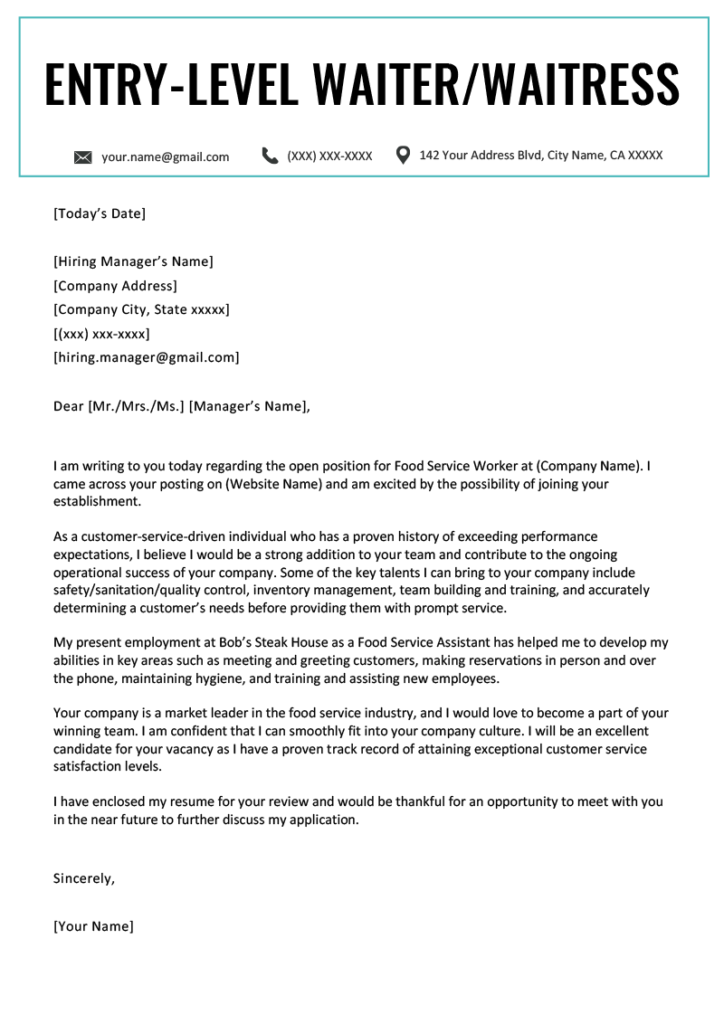
/001_1170852-5b89caa746e0fb00509e4326.jpg)
This works when DMARC=reject is not set up. Hackers can utilize any Gmail tenant, from small companies to large, popular corporations.

In this attack, hackers are taking advantage of Google’s SMTP Relay service to send spoofed emails. In this attack brief, Avanan will analyze how hackers are using exploits in this service to get into the inbox. Over a span of two weeks, Avanan has seen nearly 30,000 of these emails. Starting in April 2022, Avanan researchers have seen a massive uptick of these SMTP Relay Service Exploit attacks in the wild, as threat actors use this service to spoof any other Gmail tenant and begin sending out phishing emails that look legitimate. When the security service sees coming into the inbox, and it’s a real IP address from Gmail’s IP, it starts to look more legitimate. That means that a hacker can use the service to easily spoof legitimate brands and send out phishing and malware campaigns. Within Gmail, any Gmail tenant can use it to spoof any other Gmail tenant. However, these relay services have a flaw. Gmail does as well, with the ability to route outgoing non-Gmail messages through Google. Utilizing trusted SMTP relay services ensures messages get delivered. Essentially, businesses use SMTP relay services-of which there are many- to send marketing messages to a vast database of users without being blocklisted. However, hackers have found a new way to get around this, by inserting a relay in between the server and the inbox.Īn SMTP relay service can be a valuable service for organizations that like to send out mass emails. If they see an email received from having the address line of it would be rejected by the recipient’s server because the sender server() has nothing to do with. Naturally, security tools on the receiving end will try to check whether the ‘From’ address is legitimate. For the end-user, they will check the from field and think that is the sender, often without thinking twice about it.


 0 kommentar(er)
0 kommentar(er)
